PACT  Photodynamic Antimicrobial Therapy
Photodynamic Antimicrobial Therapy
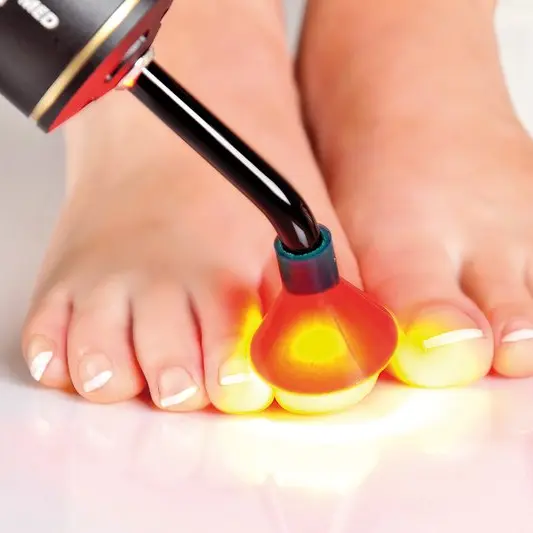
New effective treatment
PACT® Nail Fungus Therapy is a new method for the treatment of nail fungus that is nearly 100% fungicidal. This innovative treatment therapy, originating from Germany, originally comes from the dental world. PACT treatments are effective and painless, with no side effects (also suitable for women who are pregnant or wish to become pregnant). The results and the recovery phase to a healthy nail are unprecedented. PACT is an abbreviation and a scientific term for Photodynamic Antimicrobial Therapy. With this method, fungi can be very effectively killed on toenails. However, the PACT® Nail Fungus Therapy is not just about killing fungi; we also look together with you at what we can change in the daily foot care that you apply to your feet. So that you can go through life with healthy, pain-free, and beautiful feet.
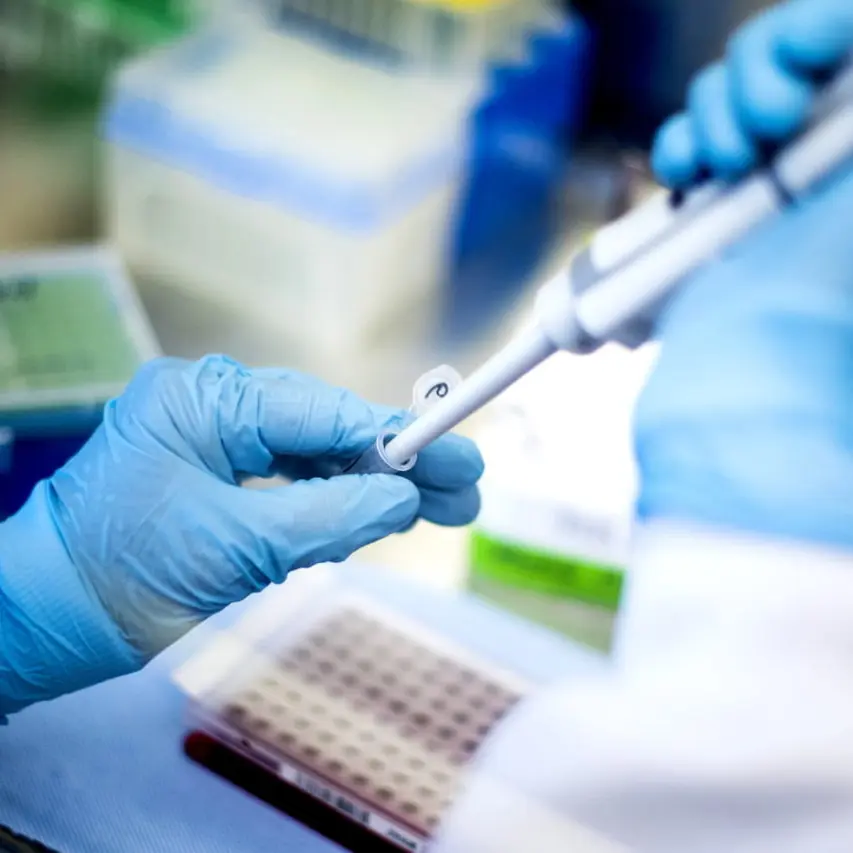
Intake fungal nail pathway
In the preliminary phase, I will first determine whether it is indeed a fungal nail. Not all discoloured and/or thickened nails are fungal nails. There may also be cases of, for example, a Horn nail or a Psoriasis nail. Therefore, you will first choose an "Intake PACT Fungal Nail Therapy"; this intake is necessary so that we can fully inform you in advance about the entire PACT Fungal Nail Therapy. If you then decide to start the PACT therapy, we will first test a small piece of nail for the presence of fungi. If positive, we can schedule 3 appointments and begin the actual PACT Fungal Nail Therapy.
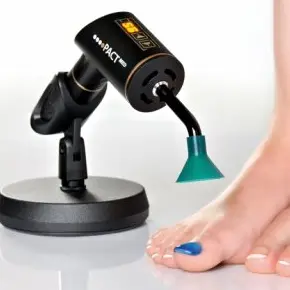
PACT treatment
In preparation for the PACT treatment, the fungal nail is thinly ground and roughened. A gel containing the photosensitiser Toluidine blue (light-sensitive dye) is then applied to the nail. This dye penetrates the fungal nail during the exposure time. After the exposure time, a special PACT lamp with red LED light is placed on the nail. Because this light has a specific wavelength, the blue dye in the gel is activated, producing radical oxygen, which damages the cell wall of the fungus. When the cell wall is compromised, the fungus can no longer survive and dies. This treatment is carried out three times over a period of approximately 10 days, with an additional fourth and fifth treatment, each with an interval of 4 weeks. The number of follow-up treatments you need entirely depends on the severity of the fungal nails. Since the cell wall of a human is structured differently from that of a fungus, this treatment method is otherwise safe for humans. The PACT Fungal Nail Therapy is painless and has no side effects.
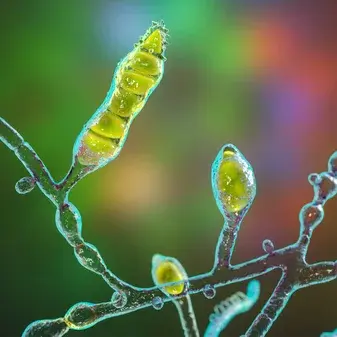
Aftercare following treatment
To prevent reinfection, one should avoid places where fungal infections can be contracted as much as possible or take measures against them. Several important points to consider are; rinse your feet thoroughly after washing and dry them well, including between the toes, and wear clean socks daily. The shoes worn during the fungal infection should be disinfected daily with an antifungal spray before being put on. It is also advisable to use an antifungal product on the nail during the initial period after treatment to protect it as much as possible against reinfection. To support and stimulate the growth of a new (healthy) nail, the use of a specially designed nail serum is recommended. All products necessary for protection are available at the practice. We will provide you with detailed information about the use of these products.


Fact
Fungal nails are common, especially due to the Dutch climate with high humidity and lower temperatures. Fungi can penetrate the nail through openings caused by cutting, tearing, or trauma. Everyone is surrounded by fungi, but people with increased susceptibility or hereditary predisposition develop these more quickly.
5-9%
From NL has a fungal nail
1,2mm
Nail growth per month
3x
Toenails grow more slowly
nail fungus  Onychomycosis
Onychomycosis
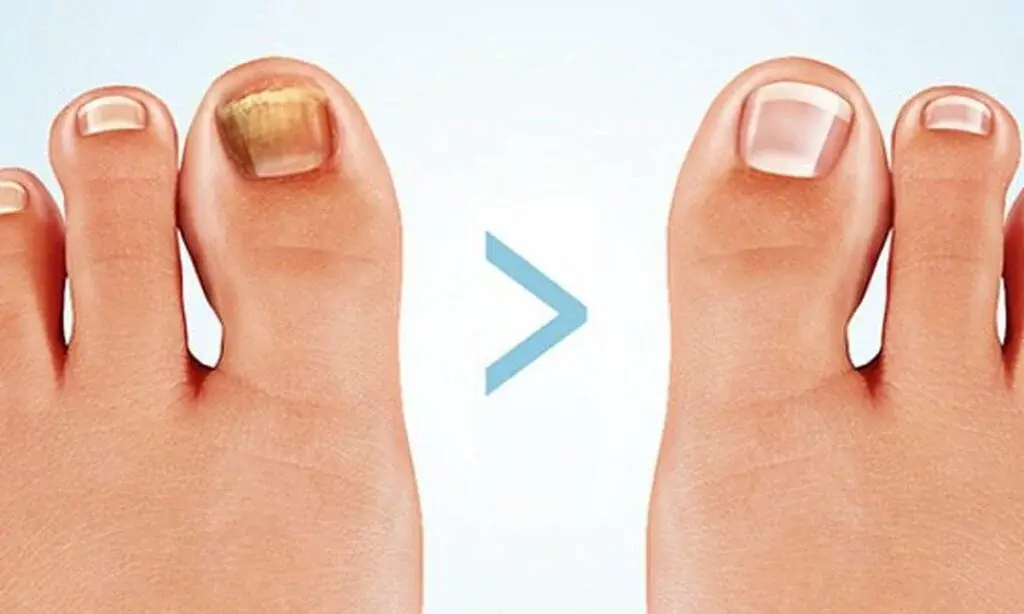
Nail fungus is a common condition that begins as a white or yellow spot under the tip of your toenail. As the fungal infection progresses deeper, the nail fungus can cause the nail to discolour, thicken, and crumble at the edge of the nail. It can affect multiple nails. If your condition is mild and not bothersome, you may not need treatment, but it is advisable. If your nail fungus is painful and causes thickened nails, self-care steps may be necessary. Nail fungus is also known as onychomycosis. When the fungus infects the areas between your toes and the skin of your feet, it is referred to as athlete's foot (tinea pedis).
Causes  Dermatophyte
Dermatophyte
Fungal nail infections are caused by various fungal organisms (fungi). The most common cause is a type of fungus known as dermatophyte. Yeasts and moulds can also cause nail infections. Fungal nail infections can develop in people of any age, but they are more common in older adults. As the nail ages, it can become brittle and dry. The resulting cracks in the nails provide fungi with the opportunity to penetrate.
Other factors, such as reduced blood circulation to the feet and a weakened immune system, can also play a role. A toenail fungal infection can start with one nail and can spread from one toenail to another. However, it is unusual to contract an infection from someone else.
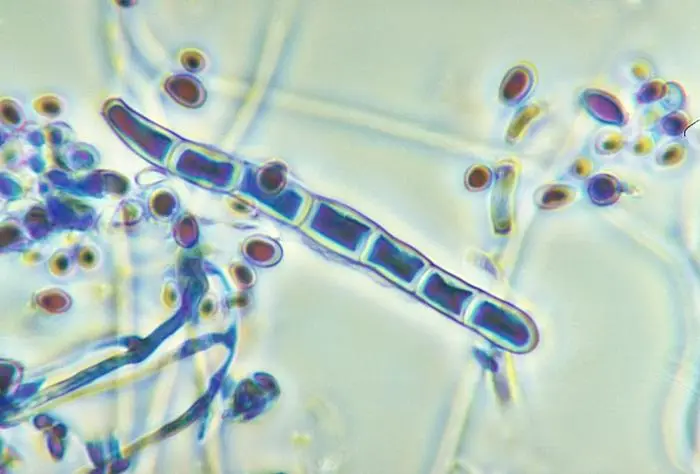
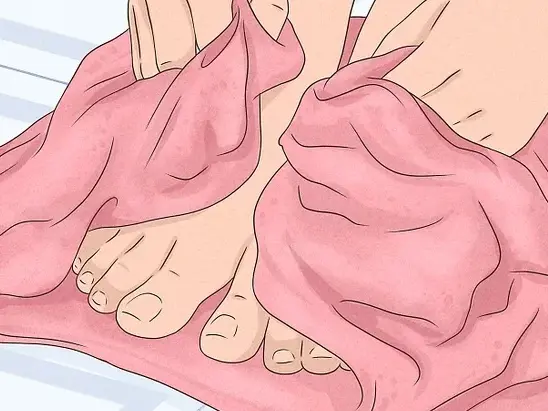
Prevent  athlete's foot
athlete's foot
Foot fungus is a common fungal infection that affects the skin of the feet. It can lead to itching, redness, and flaking of the skin. Fortunately, there are several ways to prevent foot fungus. In this article, we will discuss some effective strategies.
- Thoroughly dry your feet, especially between the toes; if you can't reach there properly, a hairdryer is a handy tool.
- Wear shoes that promote air circulation, such as leather or canvas. Wearing sandals can also help keep your feet cool and dry.
- Use antifungal powder to keep your feet dry, especially if you sweat often or work in a damp environment.
- Preferably wear socks made of wool or cotton, replace them regularly, and wash them at 60 degrees.
- Avoid bare feet in swimming pools or saunas. Always wear flip-flops or sandals in these areas to protect your feet from possible infections.
- Do not share personal items such as socks or towels. Fungi can spread through personal items.
Infections  Most common
Most common
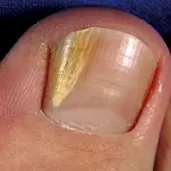
Distal Subungual
Distal subungual infections are the most common form of fungal nail infections and can develop in both fingernails and toenails. In an infection, the outer edge of the nail has a serrated appearance with white and/or yellow streaks across the nail.
The infection penetrates the nail bed and the underside of the nail.
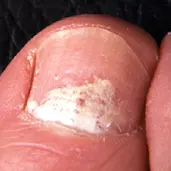
Proximal Subungual
Proximal subungual infections are uncommon, but can affect both fingernails and toenails. Yellow spots appear at the base of the nail as the infection spreads upwards.
This infection can often occur in people with a compromised immune system. It can also be the result of minor injury to the nail.
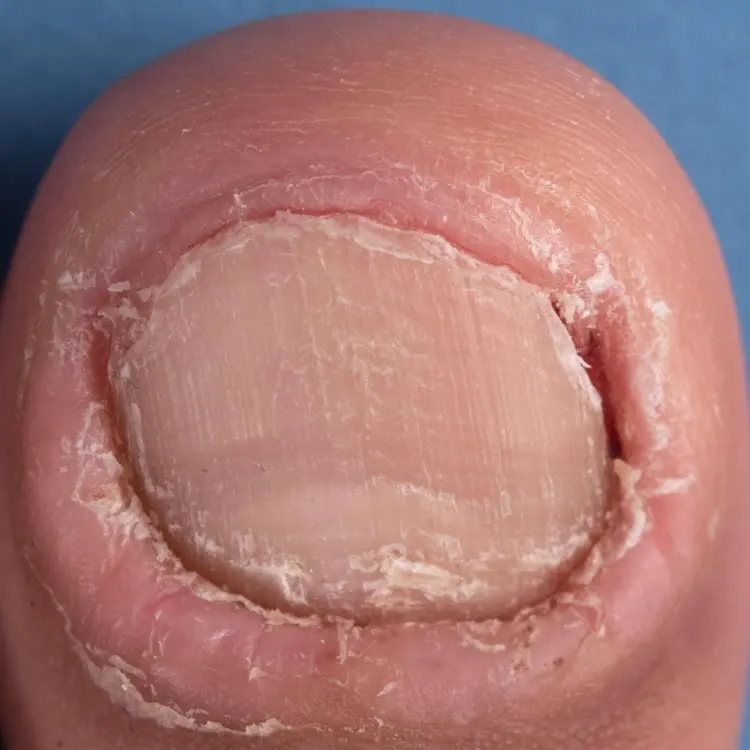
Candida Infection
Candida yeasts cause this type of infection. It can penetrate nails that have previously been damaged by an earlier infection or injury.
These infections usually begin at the cuticle around the nail, which becomes swollen, red, and tender. The nail itself may partially lift from the nail bed or completely fall off.
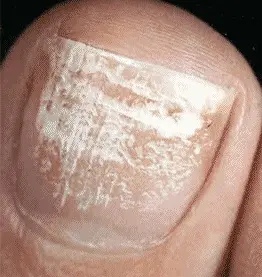
White Deposit
White superficial infections usually affect the toenails. A certain fungus affects the upper layers of the nail and causes well-defined white spots on the nail.
Ultimately, these white spots cover the entire nail, which becomes rough and soft and is prone to chipping. The spots on the nail may show pits and flakes.

